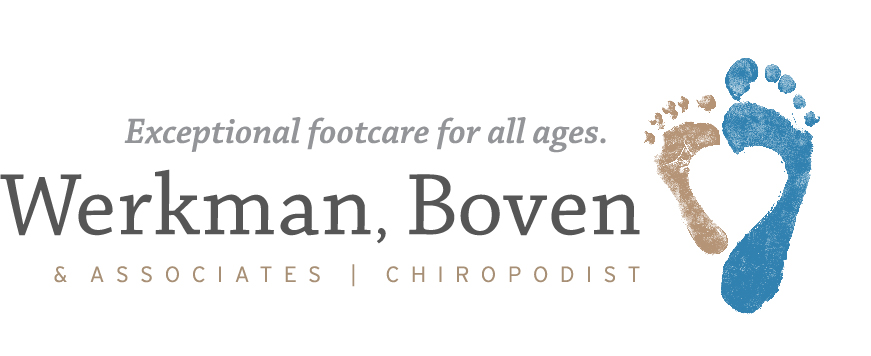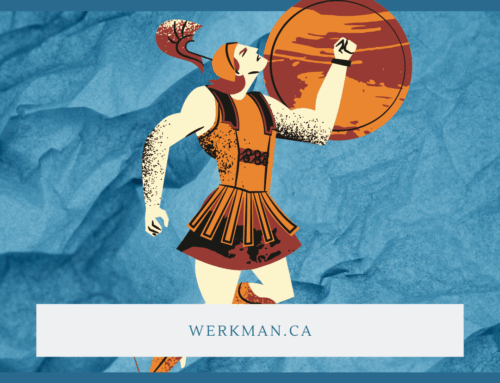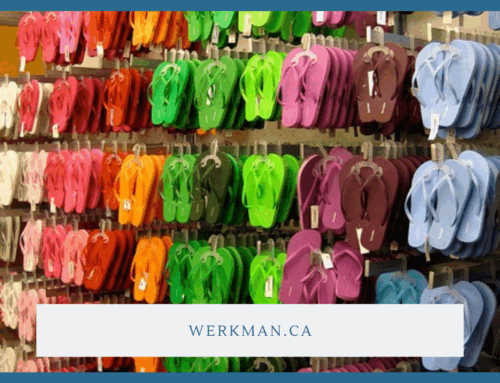Choosing the Ideal Running Shoe
How you choose a running shoe can make the difference, not only between running in comfort or running in pain, but more importantly, whether or not you suffer an injury.
The most common mistake we see and hear about in our footcare clinic is someone specifically looking for shoes that are on sale, when in fact, you should be looking for the right shoe for your foot type. Then, if they’re on sale, bonus! We would rather see you wait for the sale than buy the wrong shoe. Shoes are generally designed for 3 foot types:
- Flat Feet
- High Arched Feet
- Normal Arch Feet
You need to know your foot type before you shop for shoes. For runners, it is always best to go to a specialty running store. The people who work in these stores are knowledgeable and understand appropriate shoe models for certain foot types. Shoe stores we highly recommend are: The Running Company (Oakville), Foot Tools (Burlington), Runner’s Den (Waterdown and Hamilton) and Running Room (Burlington). Many of their employees are also avid runners and understand the challenges of a proper fitting shoe.
What’s your foot type? An easy test…
It’s important to know your foot type so you can find a shoe that meets your foot’s requirements both on and off the job. An easy way to determine the shape of your feet is to dunk your feet in water and then stand on a surface that’ll show an imprint of your feet. A brown paper bag works the best for this. Your footprint should fall into one of three categories:
Flat Feet.

If you have flat feet and overpronate, choose a Motion-Control running shoe. Motion control shoes help to prevent your foot from rolling in too far, have a straight shape that gives maximum support to your foot and offer firm support with maximum rear-foot control.
High Arched Feet.

If you have high-arched feet and underpronate, you should choose a Cushioned running shoe. Cushioned shoes generally have the softest midsoles and the least medial support. Less medial support encourages foot motion, which is helpful for underpronators (who have rigid, immobile feet).
Normal Feet.

If you have normal arches and pronate normally, choose a Cushioning or Stability running shoe based on your training regimen. Stability shoes offer a good blend of cushioning, medial support and durability. To provide stability, these shoes often have a medial post or two-density midsole.
7 Tips for Ideal Fit
- Shoe fitting is best done at the end of the day because your feet swell as you stand on them all day
- Insist on having both feet measured in length and width
- If you wear a prescribed insole or orthotic, inform the salesperson and wear it during the fitting
- The heel should fit snugly. The shoe is too loose if you can fit a finger behind the heel. (See diagrams below. )
- Allow a thumb-width of extra length from your longest toe to allow plenty of room
- One foot is often slightly larger than the other. Always fit to the larger foot
- Take your time. Spend 5-10 minutes walking around in the store to ensure a good fit. Remember, the shoe should be comfortable in the store. Never buy a pair of shoes thinking that you will eventually break them in.
How Footwear Should Fit
What Can Happen if Footwear is Too Tight
Talk to us about shoe fit, comfort and functionality! We’re all about caring for your feet! Make your appointment today! And yes, we’re accepting New Patients!





